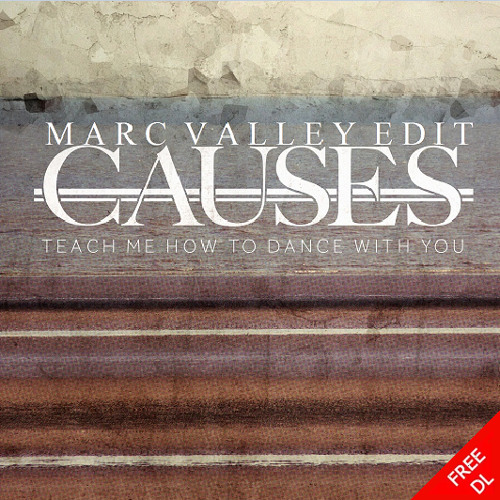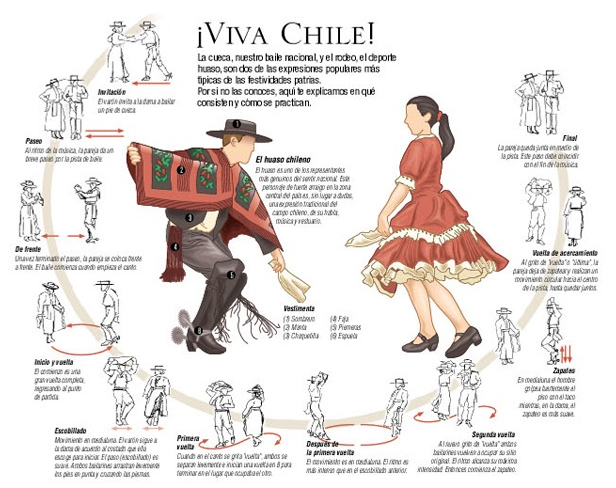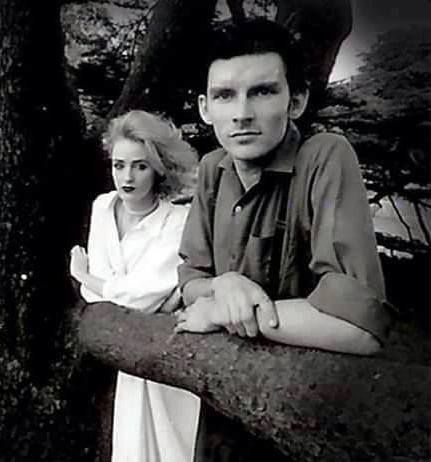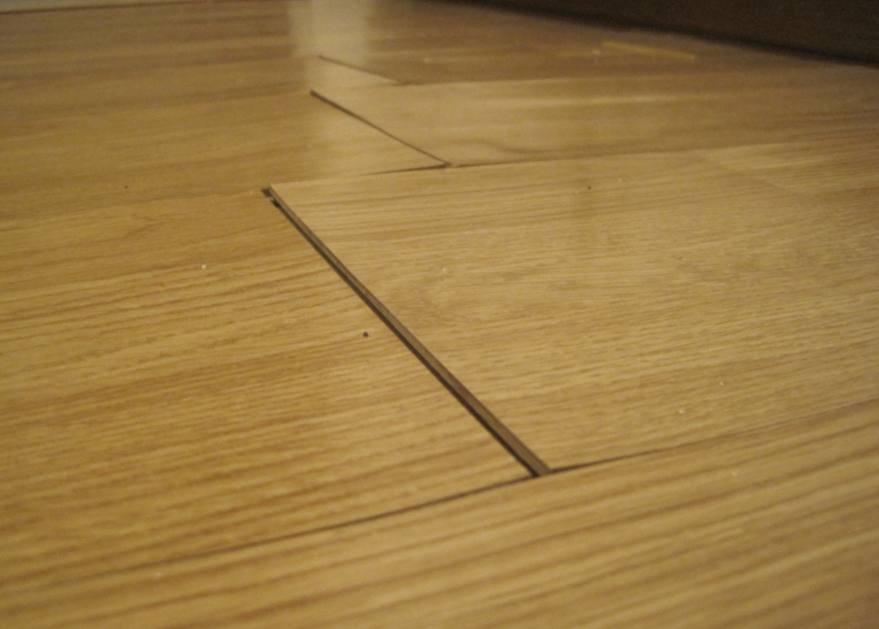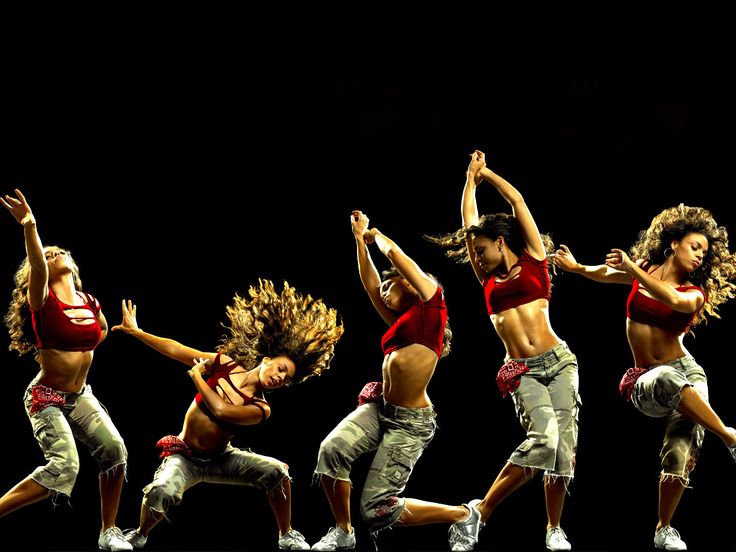How to hustle dance
Learn the Hustle at Arthur Murray Dance Centers Lake Mary FL
What is the Hustle?
The hustle peaked in popularity in the mid to late 1970s, particularly following the release of the film, Saturday Night Fever. It can be danced with a partner or in a line formation, and a number of variations of each style exist, from the New York Hustle to the California Hustle, i.e., the “Bus Stop.”
History of the Hustle
Unlike many other ballroom dances, the origins of the Hustle aren’t buried in the distant past. Many hustle fans can still remember when the dance first swept the country in the mid to late 1970s following the release of the blockbuster film, Saturday Night Fever.
As with so many other dance crazes, the hustle began in the dance clubs and party scene of New York City. Dancers in the local Latino community created the dance, infusing the salsa with some swing, mambo, and even tango. The popularity of dance competitions, which attracted many of the city’s best dancers, introduced the hustle to the mainstream, and dancers throughout the country began to introduce variations of the original steps. Line and partner versions of the hustle were developed, with Saturday Night Fever depicting several types of each. Disco fever hit its peak in the middle years of the decade, and the hustle became the dance that defined pop culture for the post-sixties generation.
Once the hype that surrounded the film died down in the late 1970s and early 1980s, the hustle lost some of its luster as people began to rediscover other Latin dances. It has since regained some of its appeal, however, particularly with the popularity of the TV series, That ’70s Show, and the trend among many stylish hosts to hold ’70s-themed parties and events.
How to Dance the Hustle/Basic Steps
If you can walk, you can do the basic California Hustle. Line dancing fans will already be familiar with this popular step. It only looks difficult but only because it has so many steps, but it’s very easy. So put on some of your favorite disco records and have a go:
- Start with your feet in closed position.
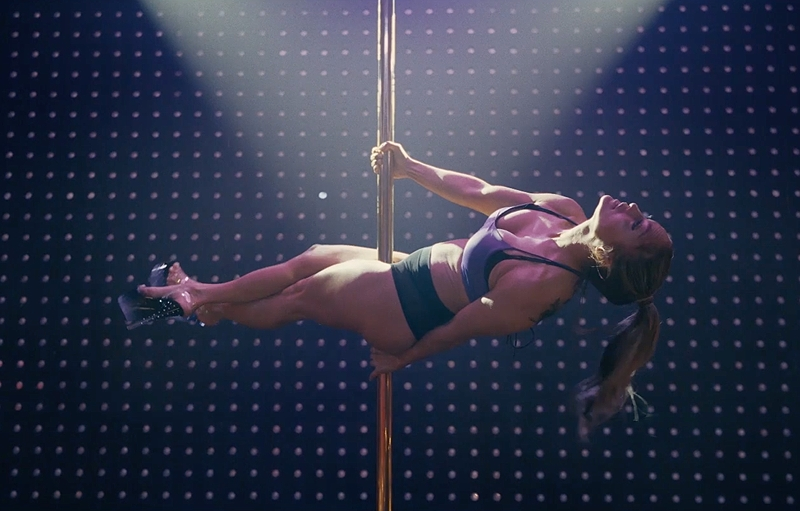
- Step back with your right foot.
- Follow with a step back with your left foot.
- Step back again with your right foot.
- Close your left foot to your right foot.
- Step forward with your left foot.
- Step forward with your right foot.
- Step forward with your left foot.
- Close your right foot with your left foot.
- Step to the left with your left foot.
- Step to the left, crossing behind your left foot, with your right foot.
- Step to the left with your left foot.
- Close your right foot to your left foot.
- Step to the right with your right foot.
- Step to the right, crossing behind your right foot, with your left foot.
- Step to the right with your right foot.
- Close your left foot with your right foot.
Great Hustle Songs
- “Stayin’ Alive” – the Bee Gees
- “Physical” – Olivia Newton-John
- “Do Ya Think I’m Sexy?” – Rod Stewart
- “Dancing Queen” – ABBA
- “Celebration” – Kool and the Gang
- “Shake Your Booty” – K.
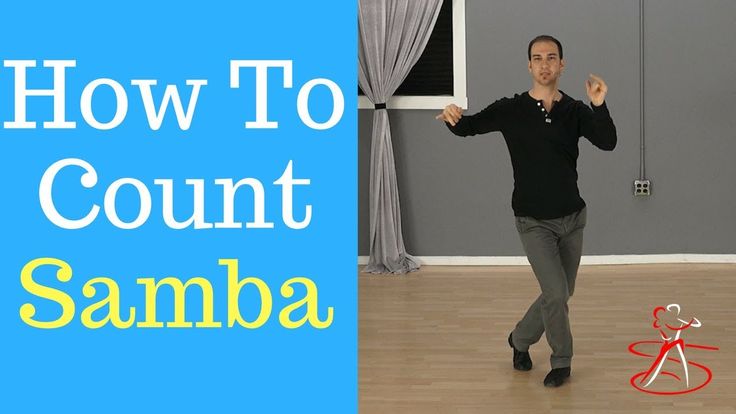 C. and the Sunshine Band
C. and the Sunshine Band
The Hustle in the Movies
- “Saturday Night Fever” (1978)
- “Disco Fever” (1978)
- “Stayin’ Alive” (1983)
- “The Last Days of Disco” (1998)
Hustle | Bella Ballroom
The Hustle gained popularity and was developed during the “Disco era” of the 1970s. It is a fast, upbeat dance that has many similarities to the swing dancing of the 1930s and 1940s. It’s a thrilling dance that is still danced in many Ballroom dancing and social dance communities today.
History of the Hustle
Hustle dancing was born in the 1970s during the boom of the Disco era in the United States. The Hustle went thorough many evolutions and variations during the 1970s. Originally, the Hustle was known as a line dance with the same name and was danced with groups of people. The word “Hustle” also referred to the dancing of the latest solo movements that dancers would use out on the dance floor. Throughout the early 1970s, freestyle solo dancing was popular and seen all over the well-attended discotheques of the time. One history suggests that a group of young adults started developing partner dances for the Disco rhythms in the Bronx neighborhoods of New York City out of these popular solo dance moves. The youth would hold a variety of dance contests and would gather to dance together and share new information about the dance. As more people started to participate in this dance, it began to evolve, and a new partner dance was born.
One history suggests that a group of young adults started developing partner dances for the Disco rhythms in the Bronx neighborhoods of New York City out of these popular solo dance moves. The youth would hold a variety of dance contests and would gather to dance together and share new information about the dance. As more people started to participate in this dance, it began to evolve, and a new partner dance was born.
Eventually “The Hustle” became the name that coined this social partner dance. Some argue that the couple’s dance stole the name “The Hustle” from the already existing line dance. When the movie “Saturday Night Fever” hit the scene in 1977 with a mixture of Latin and Swing dancing done to the new modern disco beat, no one knew what to call this upbeat dance. The dance went through many names such as “Disco Swing,” “Rope Hustle,” “Sling Hustle,” “Latin Hustle,” “Street Hustle,” and others. These sub names were used to describe the different flavors and emphasis of the dance being done until the catchall name of “The Hustle” was adopted.
Prior to the release of the film, “Saturday Night Fever,” the Hustle had many Latin influences and many called it the Spanish Hustle. Early pioneers on the Spanish Hustle forefront included dancers from the Latin Symbolics Dance Company, which was founded in the South Bronx in 1972. In the early days of the Hustle, dancers from this company including Floyd Chisolm, Dante, Jose Dominicano, Willie Estrada, Wille Rivera, Gladys Rodrguez, Eddie Ramundi, Debbie Benitez, Denise Florentino Sara Silva and Maggie Solis became known as the best of the best. It was at the Latin Symbolics Studio where part of “Saturday Night Fever” took place and was filmed. Actor John Travolta played the part of an Italian dancer from the queens named Tony Manero who was not actually a dancer, but a popular kid from the neighborhood. In the movie, Tony Manero learns how to do the original Spanish Hustle from the Latin Symbolics Dance Team in preparation for his Las Vegas dance showcase. This movie became an integral part of the Hustle’s history as the popularity of the film put the Hustle on a nationwide map and made Disco dancing super hip, even for men.
Hustle Dance Today
Today the Hustle continues to be danced and is found in social dance circles, ballroom studios, competitions, and other dance events. Hustle dancers still dance to classic Disco beats and also to more contemporary pop music. In the late seventies, punk rock emerged and there was a wave of anti-disco movement. While the hustle faded out of popular culture, it never died. Hustle fanatics of the seventies never gave up on the dance and continued to evolve the dance in the underground dance club scene through the eighties. The dancers of this former era are still passing on their knowledge to younger dancers, although the current hustle bears little resemblance to the hustle of the seventies.
Hustle is often danced today to contemporary pop music and is now danced as a fast, smooth dance, with the follower spinning almost constantly. The lead will send his partner away and draw her close. Many have fun making the Hustle a challenging dance by following a rhythmic pattern which plays with the timing of the music rather than following it verbatim.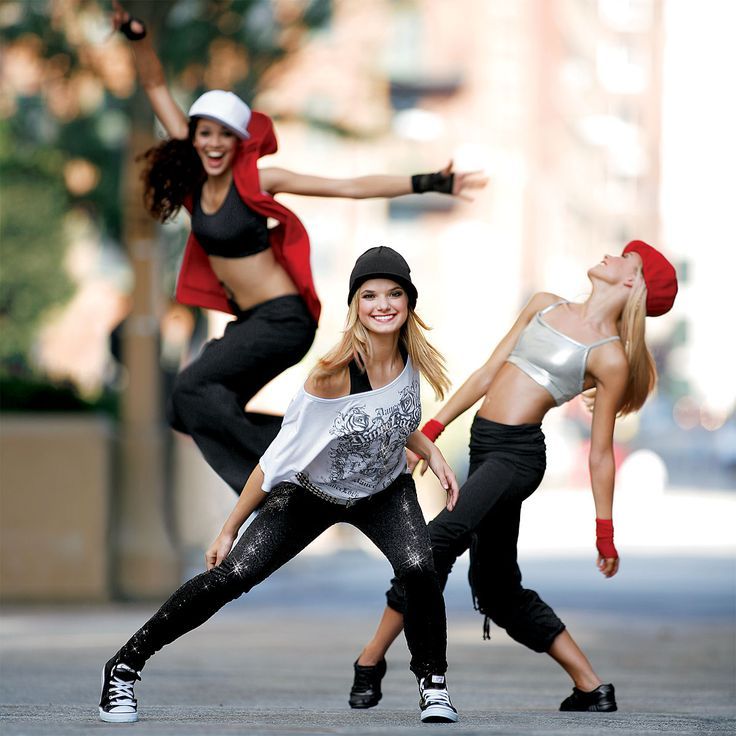 Hustle music tempos today are a little slower than the fast disco versions of the early eighties and seventies.
Hustle music tempos today are a little slower than the fast disco versions of the early eighties and seventies.
The Hustle is considered an Authentic Style Dance, and DanceSport, the governing body for ballroom and social dance, is one of the places where the Hustle stays alive and continues to grow. DanceSport defines the Hustle as being associated with retro disco music and perfect for “dance-beat, nightclub music including everything from pop to rap and hip hop.”
You can see interpretations of the Hustle on national televisions shows such as “So You Think You Can Dance” and “Dancing With the Stars.” The exposure of the Hustle on national television has caused new dancers to take interest in learning the dance. The foot-work is popular with beginner dancers as the basic pattern structure is simpler than other partner dances and can be attainted relatively quickly. The Hustle continues to be associated with fun times and done with highly dynamic, flashy, and powerful energy.
Hustle Dance Music
- “Do the Hustle” Van McCoy
- “More Than a Woman” Bee Gees
- “Beautiful” Akon
- “I Will Survive” Gloria Gaynor
- “Disturbia” Rihanna
- “I Cry” Flo Rida
- “Scream” Usher
- “Last Dance” Donna Summer
- “Night Fever” Bee Gees
- “Smarty Pants” First Choice
- “Romeo and Juliet” Alec Costandinos
- “Risky Changes” Bionic Boogie
- “Tonight I’m Lovin You” Enrique Iglesias
- “Take It Off” Ke$ha
- “Kill the Lights” Britney Spears
- “Gypsy Woman” Crystal Waters
- “Stayin Alive” Bee Gees
- “La Isla Bonita” Madonna
- “December 1963” Four Seasons
- “Paradise” Sade
- “The Hustle” Van McCoy
- “You Stepped Into My Life” Wayne Newton
- “Ladies Night” Kool & the Gang
- “Jive Talkin” Bee Gees
- “Ain’t No Stoppin’ Us Now” Mcfadden & Whitehead
- “Jezebel” Ricky Martin
- “I’m Every Woman” Chaka Khan
- “Do I Do” Stevie Wonder
- “Wherever Whenever” Shakira
- “More Than a Woman” Bee Gees
- “Got to be Real” Cheryl Lynn
- “Same Shame Shame” Shirley and Company
- “Lost in Music” Sister Sledge
- “Got to be Real” Cheryl Lynn
- “Never Give Up on a Good Thing” George Benson
- “I Don’t Feel Like Dancin” Scissor Sisters
- “Impaciente” Mestizzo
- “Vogue” Madonna
- “Heaven Must be Missing an Angel” Tavares
- “Impaciente” Mestizzo
- “Love 4 Fun” Enrique Iglesias
- “Don’t You Want My Love’ Carl Carlton
- “The Groove Line” Heatwave
- “Neutron Dance” Pointer Sisters
- “Someday” Sugar Ray
- “Boogie Oogie Oogie” Taste of Honey
- “Overload” Zappacosta
- “Dance Disco Heat” Sylvester
- “Strong Enough” Cher
Types of modern dances.
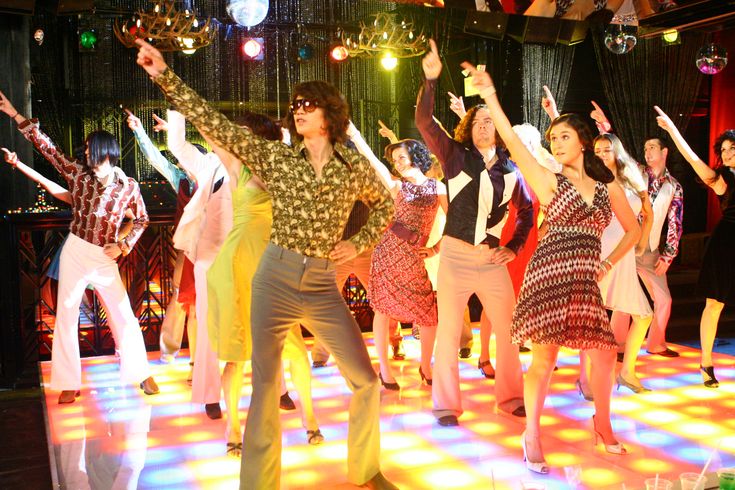 Hustle dance.
Hustle dance. Hustle (from the English hustle) is a pair dance based on improvisation and the concepts of “leading/leading” and “interaction”. It is the collective name for dancing to Latin American and disco music popular in the 1980s.
Hustle
What is Hustle?
Many people don't even know that this is one of the wonderful dance directions, which provides unlimited opportunities for improvisation and self-expression in a couple.
Literally "hustle" is translated from English as "vanity" , "crush" . But in the American slang of the 70s, the word hustle had several other meanings with a touch of “illegality” or “forbidden”
to hard rock or chanson.
Sometimes discofox (disco swing) is also called "3 count hustle", although these dances differ in the details of the interaction and execution of the basic figures.
At a dance party or wedding, have you ever danced the whole long melody (or even several) of the boring steps of a pair dance, at a time when you so wanted to diversify it with interesting movements and turns, as in the popular film " Dirty Dancing starring Patrick Swayze?
"Dirty Dancing" (1987) - 17-year-old Francis, nicknamed Baby, an innocent spoiled girl from a wealthy family, spends her holidays with her parents at a resort hotel. She meets Johnny, a handsome professional dancer, experienced in matters of life and love. As if bewitched by sexual rhythms and unrestrained movements of "dirty dancing", Baby becomes Johnny's student partner - both in dancing and in love. Cast: Patrick Swayze, Jennifer Grey, Jerry Orbach
If yes, that hustle is exactly what you need!
As a rule, this dance is performed with an arbitrary partner or partner, and it is built on improvisation and the partner’s ability to confidently lead the partner, and the partner to feel the partner and follow his lead.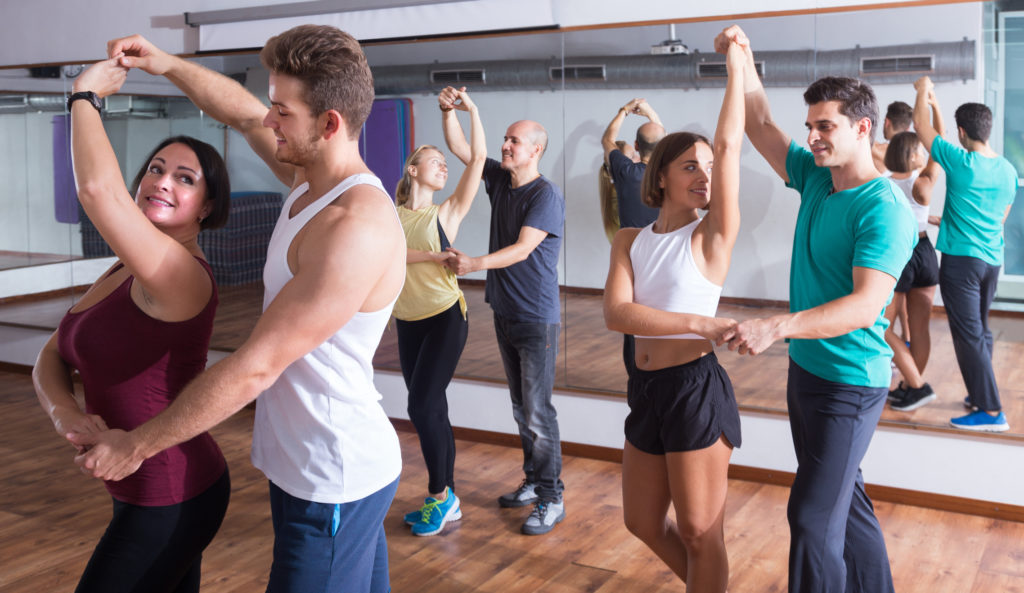
This dance should never be choreographed in advance. Its whole zest lies precisely in the fact that partners at any disco, in any place, can spontaneously dance in pairs, and at the same time enjoy the interaction in the dance.
Why is the Hustle attractive?
Hustle is a dance for people with a very active lifestyle, people who are not afraid to discover something new and strive to improve.
It is in this dance that the ability to perceive each other, the ability to feel each other is born, understanding and the ability to lead a partner appear. In a word, "hustle" is a dance that promotes a new relationship between two strangers ...
Hustle development
Hustle as a new direction appeared in the USA in the 70-80s, and every year it became more and more popular, steadily spreading around the world.
The dance quickly spread around almost all countries of the world and in the late 80s migrated to Russia, where it also gained great popularity.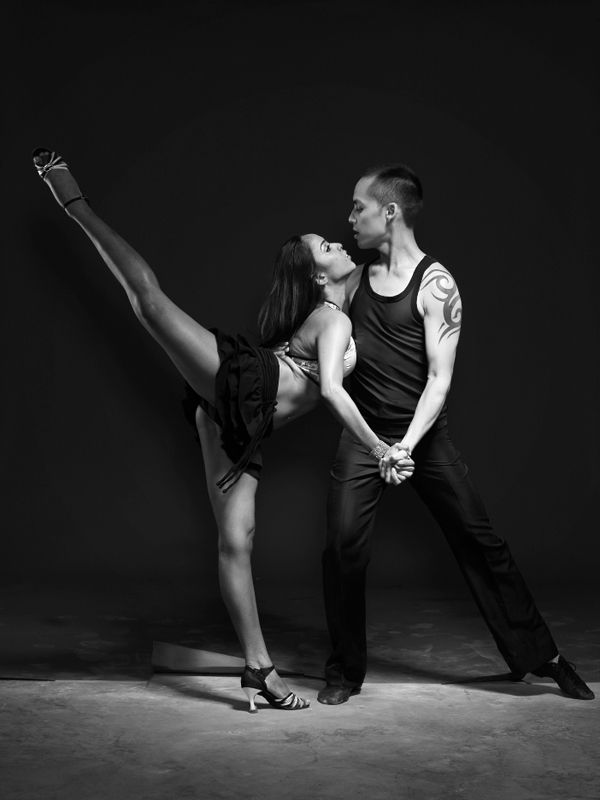
Today it is danced at many discos, clubs, even competitions are held in which the exchange of partners is planned in advance, not previously met not only on the dance floor, but also in real life. Such a planning move in competitions arouses even more interest and excitement, both among curious spectators and among the dancers themselves.
Is a "social" dance, that is, it can be danced with an unfamiliar partner. At the same time, there is a “sports hustle” in which competitions are held, and which requires good physical fitness and endurance, as well as obligatory dancing with a partner, and the skill of working with a dynamically changing balance of a couple, as in any sports dance.
In a sports hustle, improvisation is minimal, partners demonstrate to the jury worked out schemes from various elements.
Many will ask what is the reason for such popularity of this direction? The answer is very simple: the dance does not require a long study at all.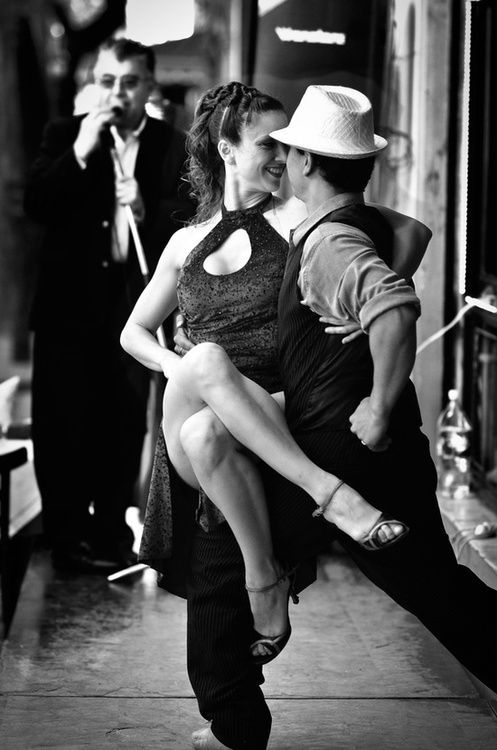 In just 2-3 months, you can learn to move freely on the dance floor and get unforgettable pleasure from it.
In just 2-3 months, you can learn to move freely on the dance floor and get unforgettable pleasure from it.
Dancing
Dances, Theater, Estheum in districts
Interesting about dancing
You're viewing: do_dance_hastl.html
NewOldUsefulUseless
Page 1 of 1
Write a review
Dance Hustle. Video dance lessons. | TeenAge.by
Hustle is a pair dance in the style of disco or Latin American dances. Hustle dance is danced not only to Latin American rhythms, but also to music of any direction. First of all, it is club music, chanson and finally even hard rock.
The name of the dance comes from the polysemantic English word "hustle", which can be translated as "energy", "hustle", "hustle" or as a verb - "to act quickly and energetically". In principle, these basic meanings fully reflect the essence of dynamic dance.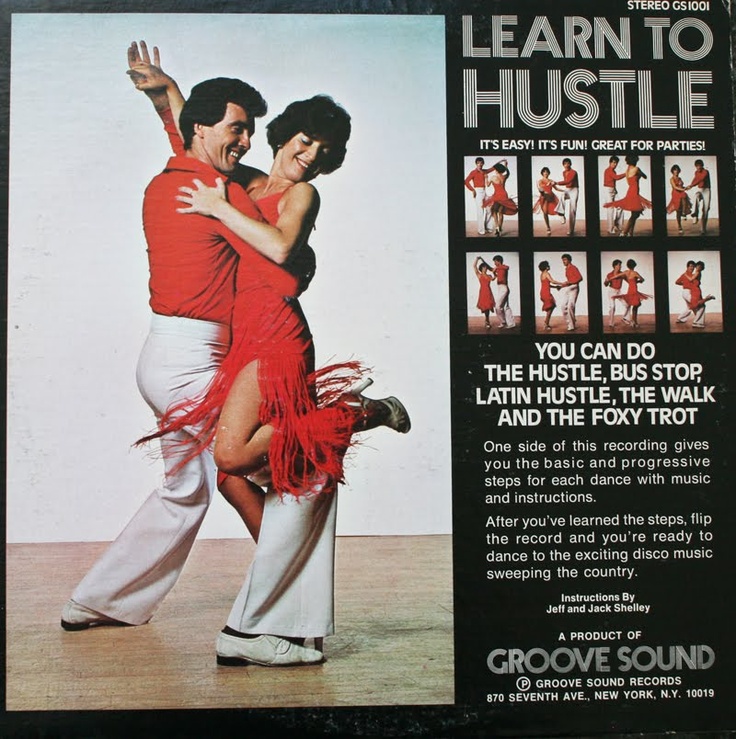 This is a very comfortable dance for any suitable event. You can also dance with an unfamiliar partner; no special skill is required here. A distinctive feature of the style is improvisation. So, let's learn how to dance Hustle.
This is a very comfortable dance for any suitable event. You can also dance with an unfamiliar partner; no special skill is required here. A distinctive feature of the style is improvisation. So, let's learn how to dance Hustle.
There is also a type of sports hustle, competitions are held in it. This is where special training, a well-coordinated tandem of partners and physical endurance are already required. There is a minimum of improvisation, well-established ligaments and dance patterns are demonstrated. Of course, the sporty look is not for everyone. And the usual version of the hustle can be danced by everyone, both young and adults.
There are several versions of the appearance of this dance in Russia. The common thing is that it is based on Latin movements, and the music was originally in the disco style. Back then, disco was a super-popular fashion style, and the dancing fit in with it. The hustle itself appeared in America, perhaps back in the late 60s - early 70s. He changed, adapted to different musical styles and directions.
He changed, adapted to different musical styles and directions.
The hustle came to the USSR in the early or late 80s, while it was danced everywhere, in our country it was known only to a narrow circle of amateurs. He gained his current popularity in Russia much later, only in the 2000s. Now there are many hustle discos, dance schools and groups where you can learn it.
According to choreographers, this is the best way to start dancing in adulthood. Even for those who have never danced before. Mastering the one-two-three-four rhythm is much easier than other styles. The music also helps in this - the hustle is usually danced to the well-known pop music.
How to dance Hustle
This is a modern, improvisational direction of club couple dances. The pace, rhythm and dynamics are set by the partner. Partner follows him. Having learned a few simple movements, you can combine them and create your own, unique hustle dance. The pair option will help you learn to understand your partner - a man will be able to lead his partner correctly, and a woman will be able to follow her partner.
Dance is ideal for active leisure of energetic people. It helps to listen to music, rhythm and coordinate your movements with them. Develops flexibility, plasticity and strengthens the vestibular apparatus. Hustle does not require special physical training and there is no age limit.
Video dance lessons
Video of performances at an open lesson
How to learn to dance hustle
This dance is quite easy to learn. If a person is not going to take part in competitions, then you can learn basic movements in 2-4 months. Hustle dance is usually taught in courses of 2-2.5 months. There are groups for beginners and separately for continuing.
The main thing in hustle dancing is the ability to feel the partner. And the ability to improvise to music.
Here is a nice, detailed instructional video that explains the dance from the very beginning.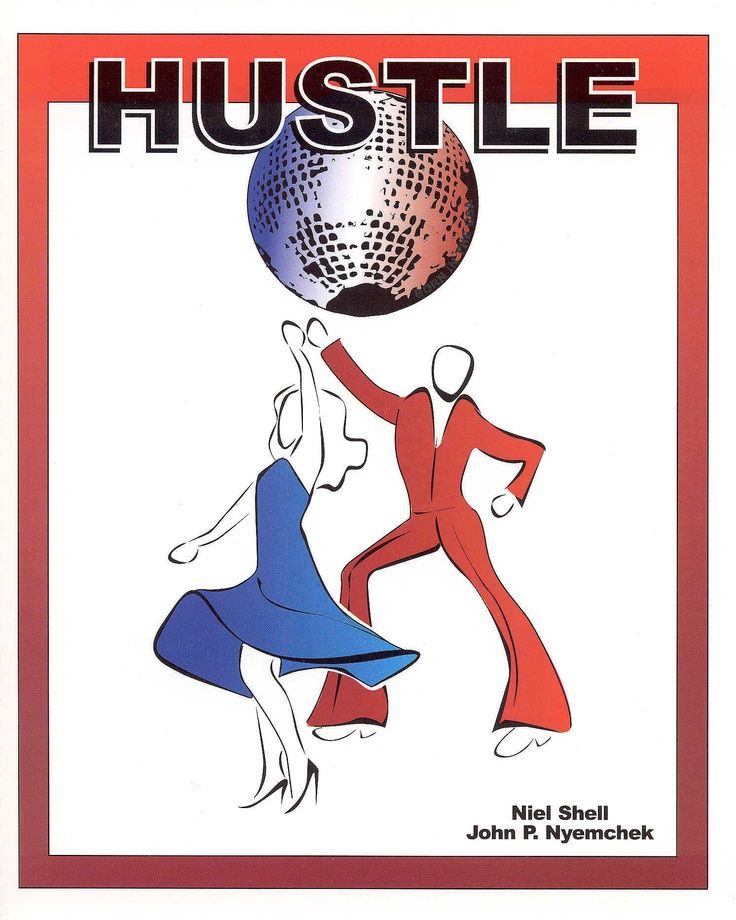 Especially useful for those who are not particularly good at dancing.
Especially useful for those who are not particularly good at dancing.
The next three videos break down some of the individual elements of the hustle. Maybe these are not really lessons from scratch, but they are for beginners. For those who have already started to study and understand what is at stake.
Pair dances from scratch
Video lesson #1
Video lesson #2
Video lesson №3
But first of all, those who already know how to dance a little can learn from the video.


